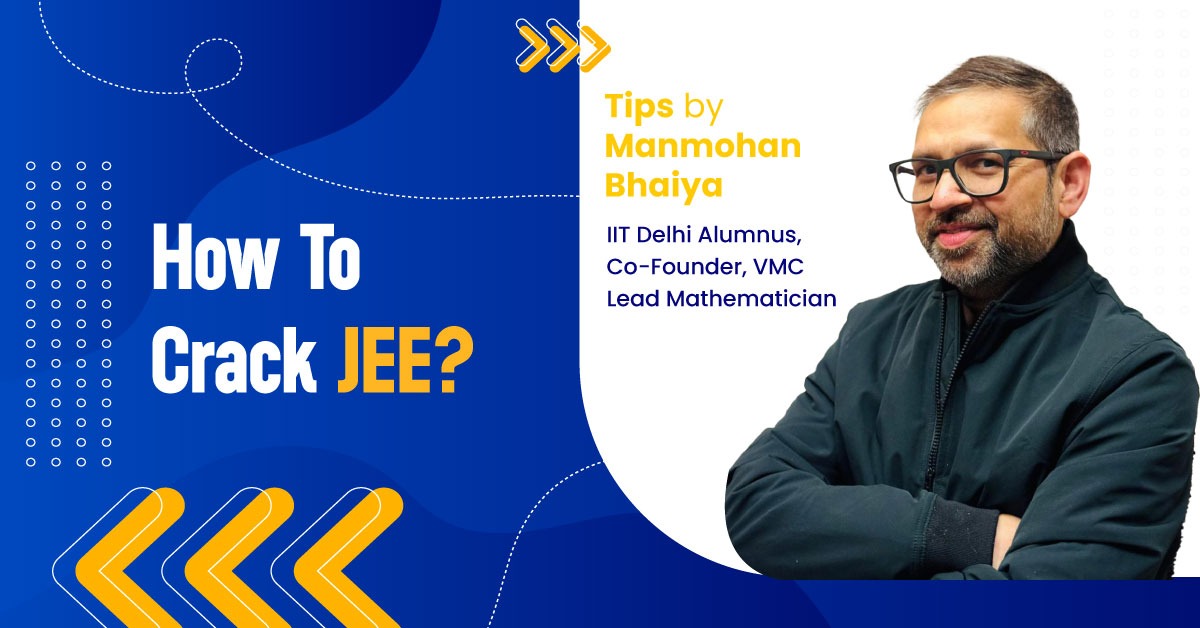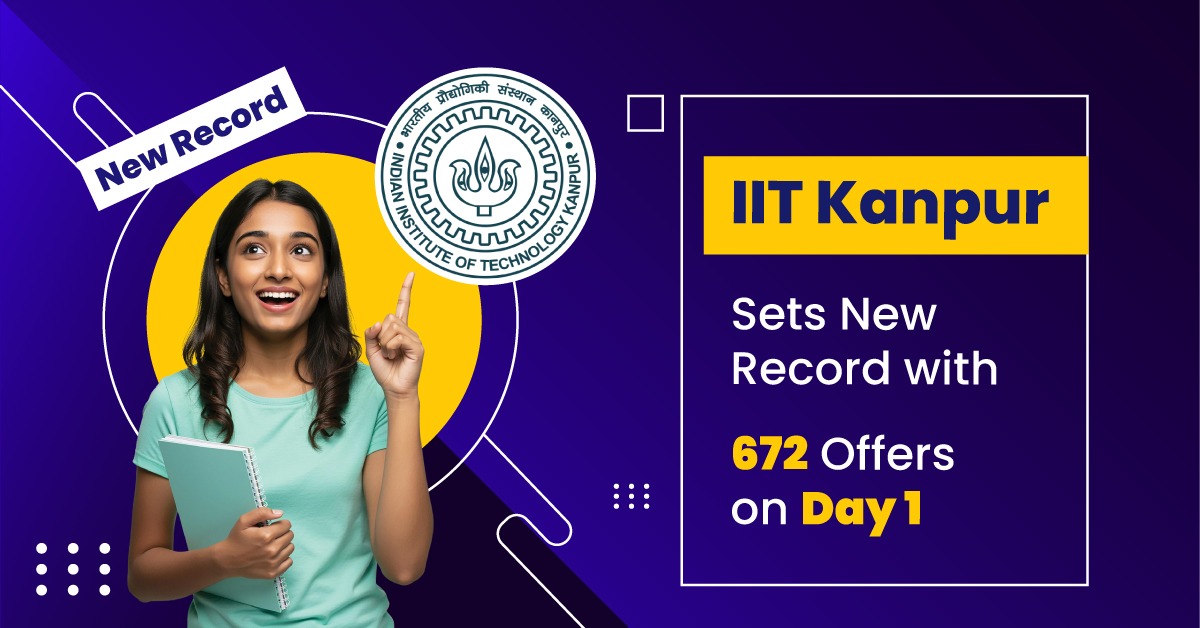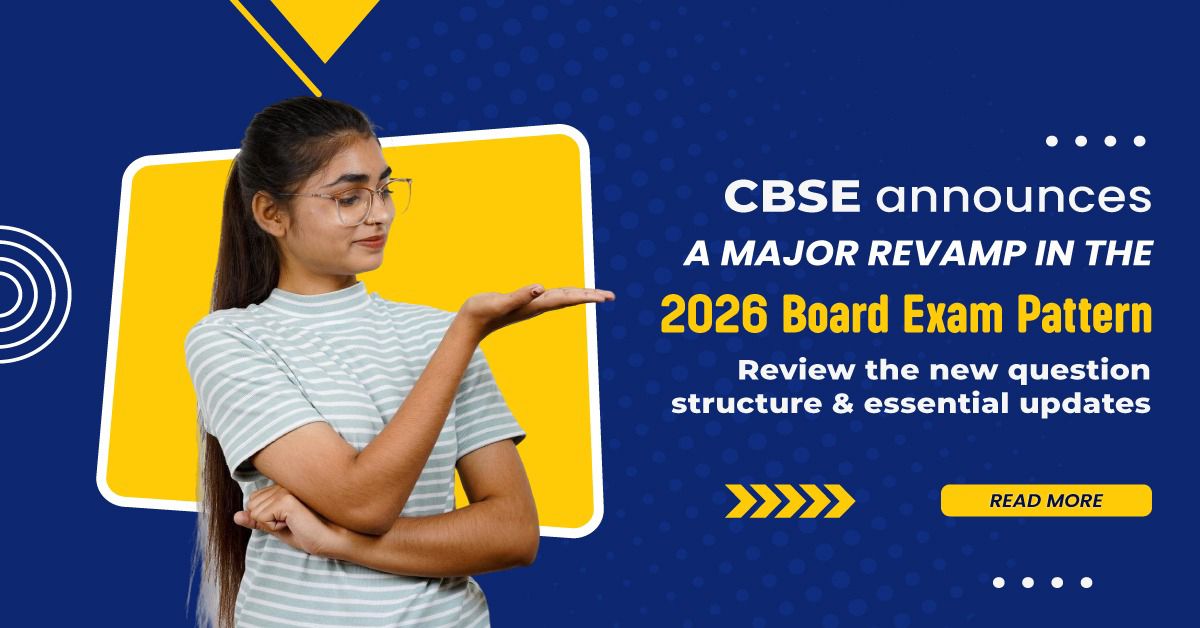
The paradox faced by thousands upon thousands of JEE aspirants every year is fast becoming an eternal struggle: “I understood everything in class; I nodded along during lectures; I felt more than ready to conquer the world.” But they begin to stumble when confronted with fundamental questions in either practice or exams. If you are somehow feeling that disconnect, the problem is not about your intelligence or seriousness but your method of studying. Understanding how to crack jee mains requires more than passive absorption; it demands active reinforcement and strategic revision techniques that transform superficial understanding into rock-solid fundamentals.
The Root of the Problem: Passive Learning vs. Active Mastery
The setting of the traditional class often creates an illusion of mastery. When the teacher is solving problems step by step, everything seems clear. Yet this passive absorption of knowledge is of little use when it comes to applying it while solving problems independently. The few instances that reveal how this kind of knowledge fails to transfer into practical use—and that often undermine your self-confidence—usually occur when you attempt to solve questions on your own.
Manmohan Bhaiya’s Revolutionary 3-Step Approach
Step 1: Summarize Notes
With every class, one should resist the urge to just file away all his or her 15-20 pages of detailed notes and instead reduce the information into a set of summary notes of about 2-3 pages. What this does is set the mind on choosing key concepts, key formulas, and key problem-solving techniques to fit in. Summary notes do not mean lesser notes. They mean thoughts. Each hour of condensing and reviewing these notes represents some sort of mental process that helps the concept truly sink in and become one’s own.
Step 2: Independent Problem Recreation
Never go over the numerical problem that your teacher had solved. Close your book and try to do it yourself; active conception will expose gaps in understanding on its own, whereas passive reading never reveals performance deficits. Be it integration techniques in calculus or derivations in physics stemming from Newton’s laws; the true test of your understanding lies in your ability to reproduce the solutions independently.
Step 3: The Strategic Revision Cycle
Return to your summary notes and redo a few problems before your next class. This is not rote repetition, but a strengthening of the neural pathways. Return to the materials within a week again. Some questions need immediate written answers while others can be answered silently in the mind. In two weeks, get back to the material again. This thorough revision cycle of three iterations will turn the tentative grasp of the subject into a full-fledged expertise.
Why This Method Works: The Science Behind Success
The approach takes advantage of spaced repetition and active recall, which are two scientifically validated principles of learning. Each session for revision assimilates the knowledge into memory while pinpointing areas that need improvement. The gradual process of building confidence renders what once looked like an insurmountable syllabus into portions that are manageable and have been mastered.
Enhancing Your Preparation with Strategic Testing
While mastering fundamentals is crucial, regular assessment through a comprehensive JEE test series provides invaluable feedback on your progress. Test series simulate actual exam conditions, helping you apply your strengthened fundamentals under pressure while identifying specific topics requiring additional focus.
The Commitment Factor
Knowing how to crack JEE is more a question of execution of strategies than anything else. Manmohan Bhaiya’s method isn’t revolutionary because it’s complex—it’s powerful because it’s systematic and sustainable. The three-revision cycle ensures that concepts move from short-term memory to long-term retention, building the solid foundation every JEE aspirant needs.
Your Chart of Success
Remember that intellectual knowledge in the classroom is just the starting point. Real mastery comes with deliberate practice, revision strategies, and determination to put them to use. Putting in place this whole system of making notes from summary material, solving problems on your own, and then following three rounds of revisions will take you from someone who says, ‘I understand everything but can’t solve it,’ to someone who can confidently handle basic problems with full precision. Rather than saying, ‘Work harder,’ the path to JEE success motivates you to work the right way. Begin applying these tips now, and your confidence in problem solving will shoot through the roof.
Accelerate Your Journey with VIQ
Strong basics form the foundation for excelling in JEE preparation, but right mentorship and correct resources lead the student to further success. That is where Vidyamandir Intellect Quest (VIQ) makes the difference.
If you really want to crack the JEE, then you shouldn’t ignore opportunities like the scholarship test for IIT JEE. VIQ is more than just an examination; it marks the beginning of many students’ preparations with expert guidance and best resources.
With huge scholarships, early bird perks, and cash prizes amounting to ₹2.5 crores, VIQ aims to make sure that worthy students never face a financial crunch. For anybody looking at an edge over their competitors, VIQ is a precious opportunity to gain both academic and financial support.







0 Comments